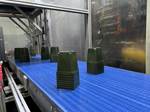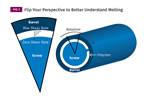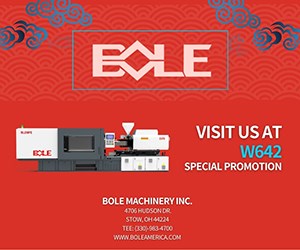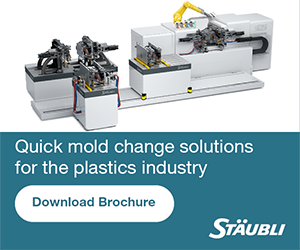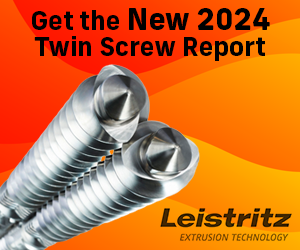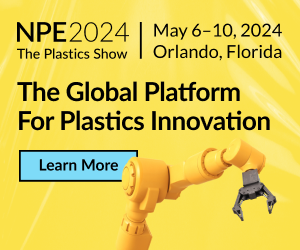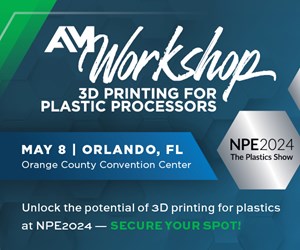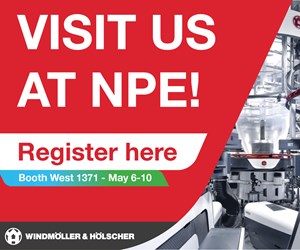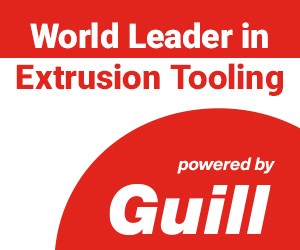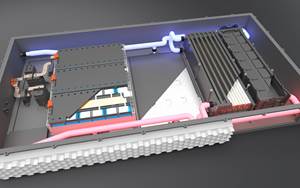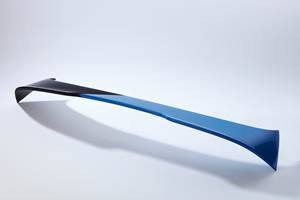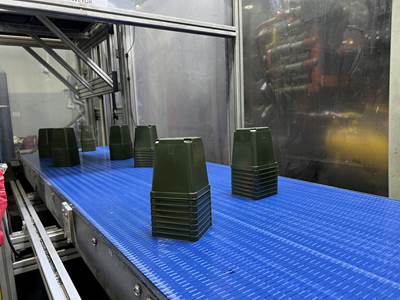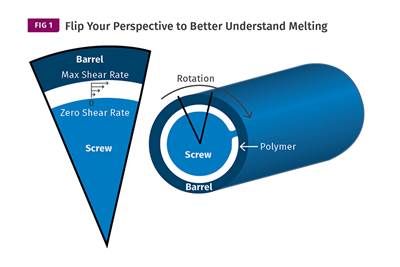Uncertainty in Automotive Market for 2019
It’s not clear yet how trade tensions and interest rates will affect stagnant vehicle sales.
If trade tensions escalate and interest rates increase throughout 2019, the automotive industry may find it harder than expected to expand. During 2018, the auto industry tracked along the same trajectory as the prior year. Unit sales data for 2018 showed growing preference for SUVs and light trucks over cars. This trend is not new: unit car sales peaked in June 2014 and have seen an average 7.5% annualized contraction in the 17 quarters since then. Truck and SUV sales continue to offset the weakness in car sales, keeping total vehicle sales since mid-2015 at a monthly average of 1.4 million units, or 17.3 million on an annual basis. Looking forward to 2019, there are several factors such as interest rates and tariffs that will have significant near-term effects on the automotive market.
This year is the third year that interest rates have increased, raising the cost of all loans. The latest data for 2018 indicates that the current vehicle interest rate of 6.16% is 10% higher than a year ago and over 22% higher than two years ago, when the average rate was just over 5%. Initially, these rate increases, which increase monthly finance payments, did not slow the growth in average financing amount, which peaked at over $30,500 during the first quarter of 2018. The latest data available in October showed the average amount financed has now fallen over 2%, or over $600 per vehicle.
Furthermore, recent tariff data indicates that new U.S. trade laws enacted during 2018 have produced asymmetrical effects that have hurt U.S. exports more than they have helped domestic sales. Seasonally adjusted figures from the Bureau of Economic Analysis indicate Canadian and Mexican imports of U.S. automobiles have declined 20% from a year ago. One would have to go back to 2011 to find such low levels of Canadian and Mexican imports of U.S. vehicles. The value of U.S. automotive manufacturing shipments in general between April and the latest available data from September indicates a 10% decline.
Although many of the latest trade regulations have had relatively little time to make their impact felt, the underwhelming change in U.S. import consumption is evident in automotive. The ratio of domestic to imported cars and trucks sold in the U.S. during the second half of 2018 indicated no shift in this ratio through October. The market share of imported vehicles sold in the U.S. during the second half of 2018 has yet to indicate a significant change.
The sheer number of factors impacting the automotive market make it difficult to predict the path of the automotive industry in 2019. If trade tensions escalate and interest rates increase throughout 2019, the automotive industry may find it harder than expected to expand.
ABOUT THE AUTHOR: Michael Guckes is the chief economist for Gardner Business Intelligence, a division of Gardner Business Media, Cincinnati. He has performed economic analysis, modeling and forecasting work for nearly 20 years among a wide range of industries. Guckes received his BA in political science and economics from Kenyon College and his MBA from The Ohio State University. mguckes@gardnerweb.com.
Related Content
Celanese to ‘Shine’ at CES 2023 with Expanded Portfolio of Materials
With it acquisition of DuPont’s engineering resins, Celanese’s resin solutions for automotive electrification, e-mobility and consumer electronics are plentiful.
Read MoreHonda Now Exploring UBQ’s Biobased Material Made from Unsorted Household Waste
UBQ is aiming to expand its reach for more sustainable automotive parts as well as non-automotive applications.
Read MoreNew Technology Bonds Aluminum With Polyamides
With many benefits for numerous potential applications, including in the burgeoning electric vehicle market, Celanese’s Zytel Bonding Technology achieves stronger bonds than overmolding or welding.
Read MoreK 2022 Preview: Engineering Materials for Sustainability and E-Mobility
Materials that are sustainable yet offer equal performance to their fossil-based counterparts will be prominent at K 2022.
Read MoreRead Next
Processor Turns to AI to Help Keep Machines Humming
At captive processor McConkey, a new generation of artificial intelligence models, highlighted by ChatGPT, is helping it wade through the shortage of skilled labor and keep its production lines churning out good parts.
Read MoreUnderstanding Melting in Single-Screw Extruders
You can better visualize the melting process by “flipping” the observation point so that the barrel appears to be turning clockwise around a stationary screw.
Read More
.jpg;width=70;height=70;mode=crop)
